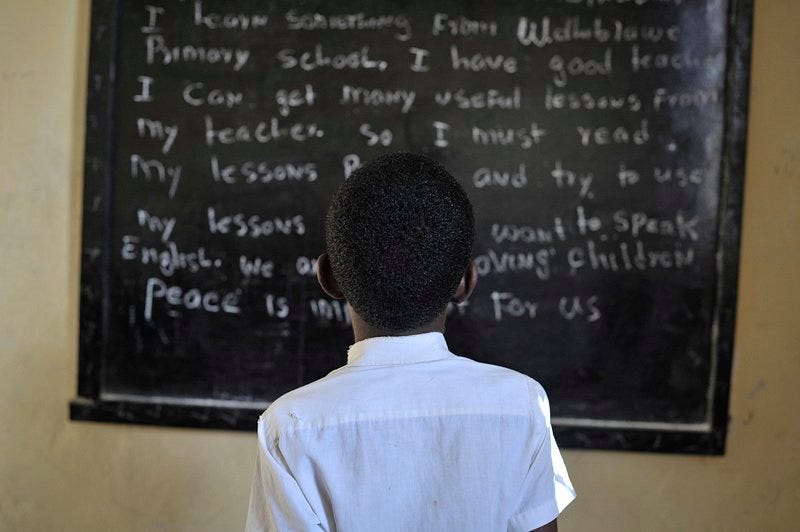Learning a new language is like unlocking a door to a whole new world. It’s not just about memorizing words and grammar rules but truly understanding how to communicate in another tongue. The Bilingual Method, developed by C.J. Dodson in the late 1960s, offers a fresh and effective way of doing just that. Let’s dive into what makes this method unique and why it might be the key to unlocking your language learning potential.
A Three-Step Journey
The Bilingual Method is structured around a three-phase process: presentation, practice, and production. This journey begins with the introduction of a basic dialogue. Imagine learning English; you start by listening and repeating simple conversations. Next, you’ll play around with these dialogues, changing them slightly to get comfortable with the language. Finally, you’re ready to use what you’ve learned in new, creative ways. This method is designed to get learners speaking confidently and naturally in no time.
Seeing and Hearing Together
One of the standout features of the Bilingual Method is the simultaneous use of text and speech. Unlike traditional methods that rely solely on oral repetition for months, Dodson suggested that students should see the written sentences as they hear them. This combination helps learners connect sounds to words more effectively, making it easier to remember and understand the language.
The Power of Pictures
Just like in a comic book, audio-visual textbooks used in this method pair dialogues with related images. This visual support is crucial for understanding the context and meaning of words without having to switch back to your native language. However, Dodson added a twist by introducing mother tongue translations at the sentence level, enhancing comprehension without causing confusion.
Mother Tongue: A Scaffold, Not a Barrier
In traditional settings, using your native language to learn another is often viewed negatively. Dodson challenged this notion. By cleverly sandwiching the foreign language sentence between its mother tongue equivalent, he found that interference was minimized. This approach allows learners to grasp the exact meaning and use of phrases and sentences more rapidly and accurately.
Beyond Words: The Importance of Utterance
Dodson emphasized the significance of learning whole phrases and their intonations, not just isolated words. This technique ensures that students don’t just know the language but also understand how to convey messages as intended, using the correct tone and expressions. It’s about mastering the art of conversation, not just the vocabulary.
Stepping Stones to Communication
By gradually building up from basic dialogues to more complex language use, the Bilingual Method ensures that learners are fully prepared to use the new language in real-life situations. This approach not only boosts confidence but also fosters genuine communication skills, making language learning more relevant and enjoyable.
The Final Word
The Bilingual Method has proven that using the mother tongue in language learning isn’t a hindrance but a powerful tool. It bridges the gap between the known and the unknown, making the learning process more intuitive and effective. As Dodson showed, with the right strategies, anyone can master a new language, making the world a little smaller and a lot more accessible.
In conclusion, if you’re embarking on the adventure of learning a new language, consider the Bilingual Method. It might just change the way you think about language learning, turning it from a daunting task into an exciting journey of discovery.








